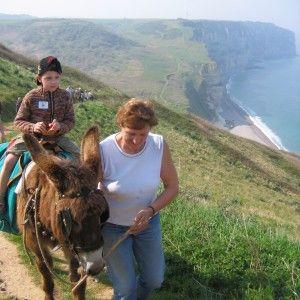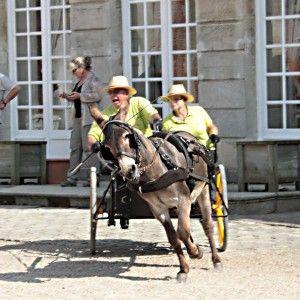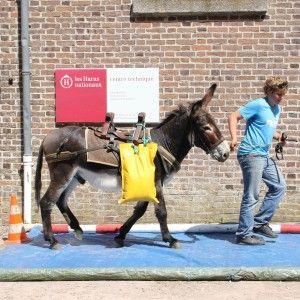Norman Donkey
Origins/Breeding Area
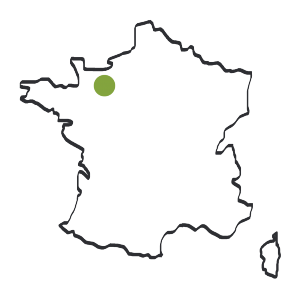 Originally from the five departments that make up greater Normandy (Calvados, Manche, Orne, Eure and Seine-Maritime) plus two departments from the Pays de la Loire (Mayenne and Sarthe), the Norman donkey was bred and raised in these regions for its suitability to farm work.
Originally from the five departments that make up greater Normandy (Calvados, Manche, Orne, Eure and Seine-Maritime) plus two departments from the Pays de la Loire (Mayenne and Sarthe), the Norman donkey was bred and raised in these regions for its suitability to farm work.
The rapid growth in the milk industry from the middle of the 20th century through the 1960s led to its ubiquitous use for transporting the milk gathered n the fields to the farms’ dairies. A traditional French “Epinal” image of this donkey laden with milk jugs and, occasionally, also with a milkmaid on its back, had its roots not in legend but in the daily life, twice or three times a day, of the Norman donkey.
Recognition
The Norman donkey breed was recognized in 1997.
Number of Births:
In 2018: 29 births
In 2017: 26 births
In 2016: 22 births
In 2015: 41 births
Standard:
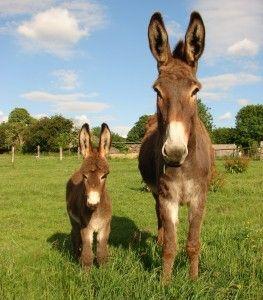
© ANR âne normand
In terms of morphology, they are small but stocky, strong and assiduous at work, a look achieved over the years through the work they did. Above all, breeders look for well-proportioned animals
Size:
From 1.10m to 1.25m
Colour:
This varies from bay to chocolate, with a clearly drawn St. Andrew’s cross.
There can be lines on the legs
Abilities and Uses:
Nowadays, this breed’s particular abilities are appreciated in all modern uses. It is excellent for all small jobs, from market gardening to logging. Its temperament and small size make it an ideal family trekking companion.
- © ANR âne normand
Source: IFCE, national breed association, France Anes et Mulets
For More information about : Norman Donkey
National breed association: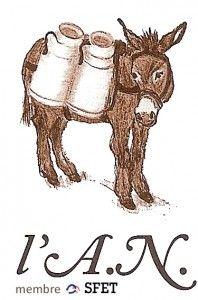
Association de l’Ane normand
Norman Donkey Association
